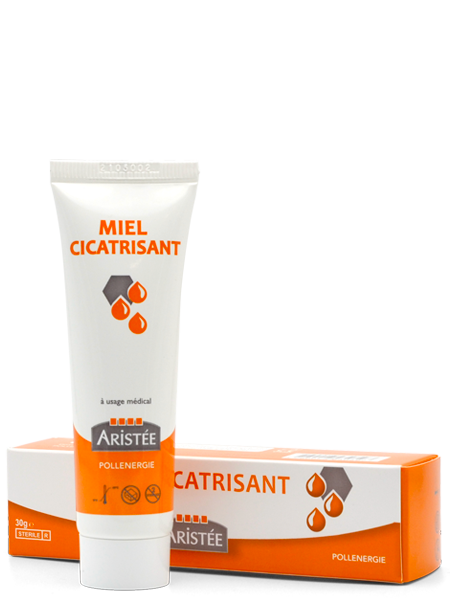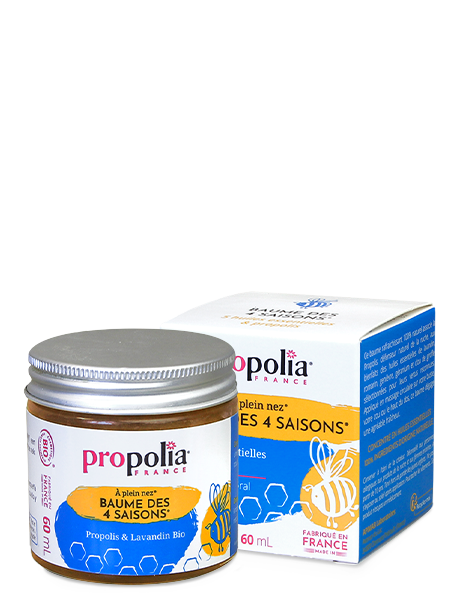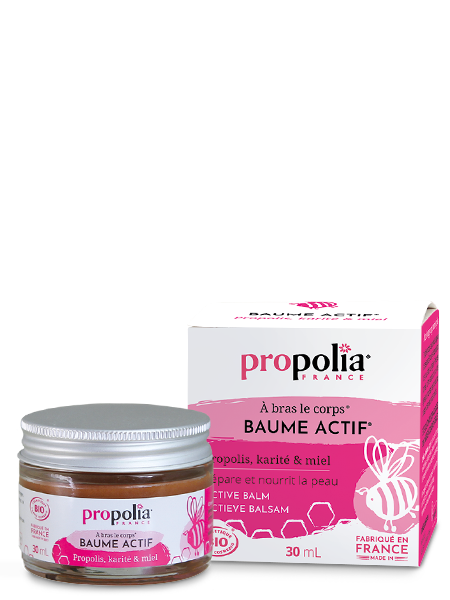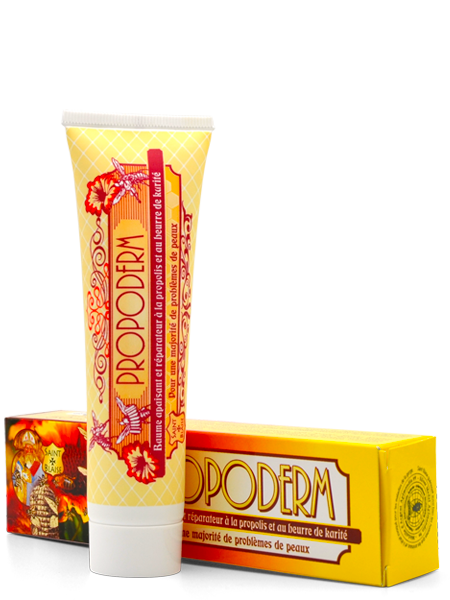Our healing honey is a medical device, the fruit of long clinical experience, directed by Professor Bernard DescottesHead of the Department of Visceral Surgery at the Limoges University Hospital. He has experimented with different healing protocols to treat his patients.
Healing honey is used to treat superficial and chronic wounds. It is now used in most hospitals in France.
The high concentration of sugars in honey limits microbial microbial proliferation by osmotic effect. This reinforces the protective barrier created by honey’s viscosity. Honey also naturally contains hydrogen peroxide, commonly known as hydrogen peroxide. This aids tissue healing.
The association of Buckwheat (rich in antioxidants) Fir and Thyme (pro-healing) make it an ideal ally for the treatment of small wounds, as well as chronic acute wounds such as..: burns 1st- and 2nd-degree burns, cracks, breast-feeding cracks, traumatic wounds, pressure soresulcers, diabetic woundsingrown toenails…
Sterile 30g tube.
Ingredients: Buckwheat honey, Fir tree honey and Thyme honey.
ContraindicationHypersensitivity to honey.
How to use :
Before use, wash the wound. Next, apply a thin layer of healing honey and cover with sterile gauze. Maintain the dressing with a bandage. Repeat every 24 hours. The speed of healing is amazing!
Did you know?
The healing honey developed by Professor Descottes’ team in Limoges is still used in French hospitals.



